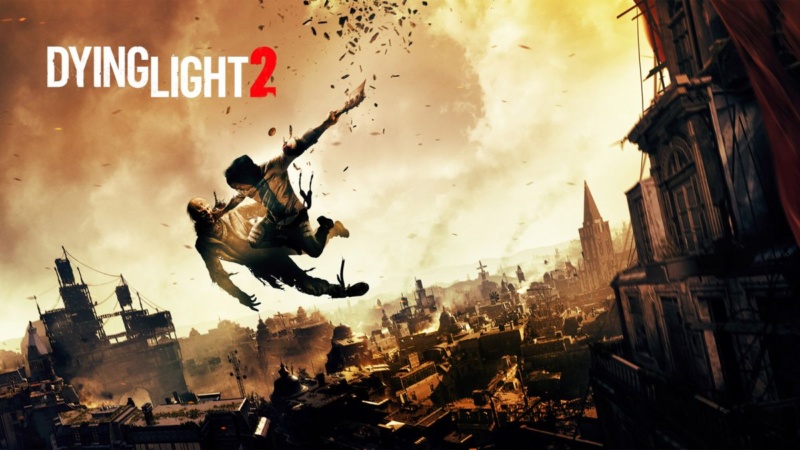
INSCRYPTION SAFE CODE UPGRADE
The player’s journey provides choices of locations to visit, and the various encounter types offer chances to gain cards, replenish powerful single-use items, and even upgrade or combine creatures into new hybrids.

Along the way, players build a deck of cards featuring an array of creatures, from basic bullfrogs and wolves to more exotic fare like amoeba and larvae with secret abilities. For much of the time, the player is sat at a table and made to play a game comprising various card-driven encounters, each of which is represented by an icon on a series of overworld maps. The player has seemingly been taken captive by an enigmatic and apparently unhinged figure, who is visible only when their eyes or grasping hands pierce the cabin’s pervasive gloom. The game is played from a first-person perspective, and takes place within a dark, ominous cabin. It is an inspired combination executed brilliantly, and in a word, Inscryption is wonderful.

However, Mullins’ design also includes an intriguing escape room puzzle element, and an unnerving horror backdrop with a generous helping of blood, bones, and fourth wall-breaking weirdness. At its core, this is a deck-building card game with a roguelike structure, which invites comparison with sleeper hit Slay the Spire. Inscryption is the third major game by Canada-based Daniel Mullins, who first came to prominence with his metafictional horror oddity Pony Island back in 2016. Your vision turns blood-red as you rip out one of your own teeth…

In desperation, you reach for the pliers. Sometimes sacrifices must be made, and now only one option remains. You are doomed on the next turn, unless something is added to the other side of the scales. The cards on the table, the scales that keep the score, and your mysterious captor’s eyes lurking in the thick darkness all tell the same story.


 0 kommentar(er)
0 kommentar(er)
